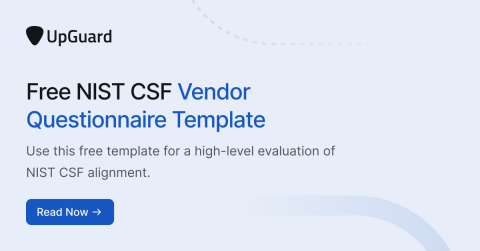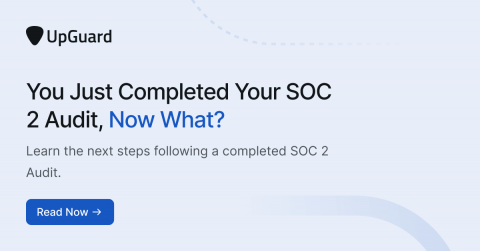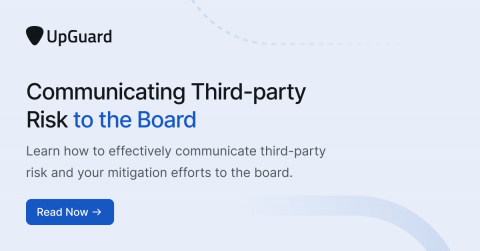Free NIST CSF Vendor Questionnaire Template
This NIST CSF questionnaire template will help you understand the degree of each vendor’s alignment with the high-level function of the NIST CSF framework - Identity, Protect, Detect, Respond, and Recover. Though this assessment only offers a superficial understanding of compliance, it’s sufficient for getting a sense of a prospective vendor’s security posture, especially when coupled with an external attack surface scanning solution.











